Phosphorus, denoted by the symbol P, is a plant macronutrient, which means that it is a nutrient that plants need in larger quantities. Phosphorus, along with the other macronutrients, nitrogen (N), and Potassium (K), form the N:P:K ratio that is often seen on the packaging of plant fertilizers.
Plants need phosphorus during all stages of their growth. Phosphorus availability is most important during the early stages of growth and the reproductive stages, such as flowering and fruiting.
What does phosphorus do for plants?
Photosynthesis
Phosphorus plays an important role in metabolic processes that support the synthesis of chlorophyll. Chlorophyll is the green pigment that is used for photosynthesis, the process through which plants convert sunlight into energy.
A deficiency in phosphorus can have a significant impact on plant growth and productivity, as a result of decreased photosynthesis.
Root development
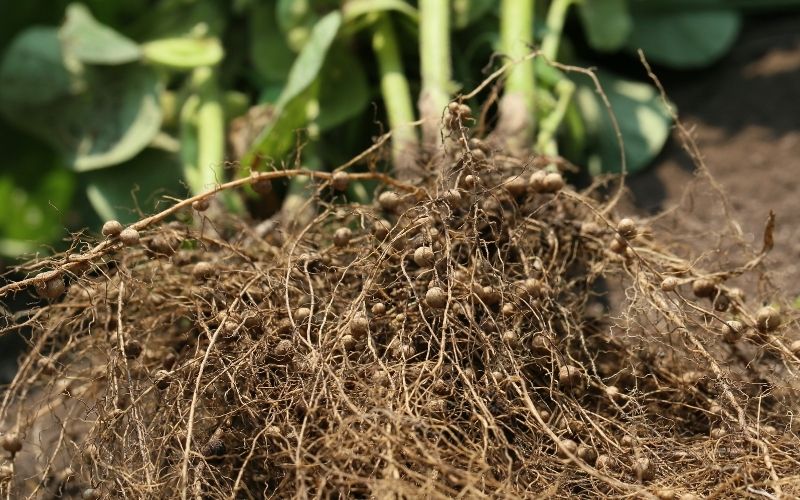

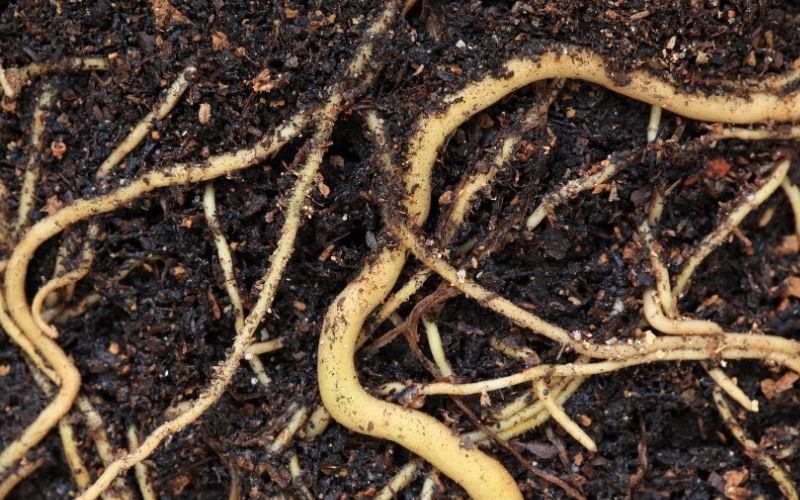
Phosphorus is important for the growth and development of roots, which allows plants to take up water and nutrients from the soil.
One of the primary functions of phosphorus in plants is to provide energy for root growth and development. Phosphorus also plays a role in the formation of new roots by promoting the development of lateral roots and root hairs, which are tiny extensions of the root epidermis that increase the surface area of the root and enhance nutrient uptake.
This makes phosphorus availability important during seedling growth so that the seedlings can grow strong roots, which is the basis for their growth and health later on.
Flowering and fruiting
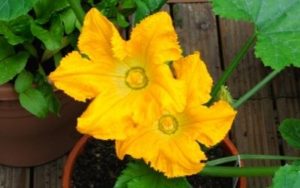

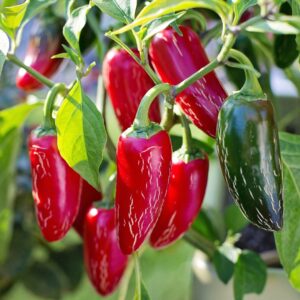
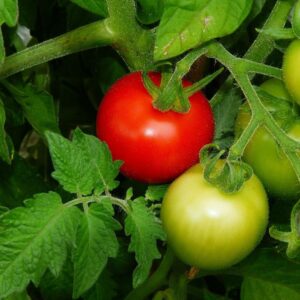

Plants require higher levels of phosphorus during the reproductive stages, such as during flowering and fruiting. This is because the energy requirements of the plant are higher as cell division occurs at a faster pace for the synthesis of new tissues, hormones, and organic compounds, which are all dependent on phosphorus.
Disease resistance
Phosphorus increases the disease-resistance capabilities of plants in a number of ways.
- Phosphorus can strengthen the walls of plant cells, which can help to prevent the entry of pathogens into the plant cells and reduce the chance of infections.
- Phosphorus is essential for many metabolic processes, including photosynthesis, respiration, and energy production, which are all important for maintaining plant health and vitality. Healthy plants are more capable of resisting attacks from pests and pathogens.
- Phosphorus stimulates the production of defense-related compounds, such as phytoalexins and pathogenesis-related proteins, which can help to protect the plant against pathogen attacks.
How to add phosphorus to your garden
You can add phosphorus to your plants by adding different phosphorus-rich compounds to your soil, both before you start your plants, and while your plants are growing.
Using organic sources of phosphorus will help your plants have access to the nutrient throughout the growing season, as these compounds slowly release their nutrients. The phosphorus content in terms of total weight indicates the total amount of phosphorus but all of it may not be immediately available in a form that plants can take up.
- Compost: compost contains a balance of all nutrients, including phosphorus. Adding enough compost into the soil before planting is the best way to ensure that your plants will get enough phosphorus (0.5–1% phosphorus).
- Fish bone meal: This is made from the bones of fish and is a rich source of phosphorus, as well as calcium, and other micronutrients (35.8% phosphorus)
- Rock phosphate: This is a natural mineral that is mined from deposits of ancient marine fossils (up to 30% phosphorus).
- Bone meal: This is made from ground animal bones and is a rich source of phosphorus, as well as calcium, and other micronutrients. It is typically used as a slow-release fertilizer that can provide phosphorus over an extended period of time. (15% phosphorus).
- Guano: This is a natural fertilizer made from the droppings of seabirds and bats. It is a rich source of phosphorus, nitrogen, and other micronutrients (6% phosphorus).
- Worm castings: Worm castings are a natural fertilizer made from the waste produced by earthworms. They are high in nitrogen and contain varied amounts of phosphorus depending on how they are produced (1.5-2.3% phosphorus).
- Blood meal: Blood meal is a natural fertilizer made from dried animal blood and is high in nitrogen and has considerable amounts of phosphorus and potassium (1% phosphorus).
- Seaweed: Seaweed is a natural source of phosphorus, as well as other micronutrients and trace elements. It can be used as a foliar spray or as a soil amendment (0.2-1.3% phosphorus).
- Wood ash: Wood ash from hardwood trees is a good source of phosphorus, as well as potassium and other micronutrients. It should be used sparingly, as it can raise soil pH and potentially lead to nutrient imbalances (1.5-2% phosphorus).
- Soybean meal: Soybean meal is a byproduct of the soybean industry that has phosphorus, and other nutrients that can be used to fertilize plants (0.6% phosphorus).
It is important to note that adding too much phosphorus can also be harmful to plants and the environment. High levels of phosphorus can lead to imbalances in other essential nutrients, such as calcium and zinc. As mentioned, sticking to organic fertilizers and amendments that slowly release phosphorus can help keep the balance of nutrients in your soil.
You can add compost mixed with a little bit of rock phosphate or other organic fertilizer containing phosphorus to your soil before planting. You can follow this up by regularly adding small amounts of the same mixture as your plants grow.
If you notice signs of phosphorus deficiency in your plants, you can immediately add a larger quantity of phosphorus-rich fertilizer, such as rock phosphate, to your soil, while making sure that the soil pH is around neutral, the soil is healthy overall, and your plants are watered well.
As you can see, phosphorus is a critical nutrient for plant growth and development. It plays a crucial role in photosynthesis, root development, flowering and fruiting, and disease resistance. Adding organic sources of phosphorus to your garden can help ensure your plants have access to the nutrient throughout their growth cycle.

